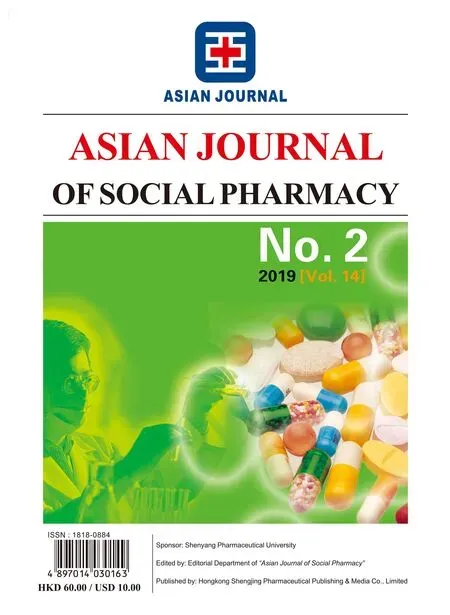Reducing the Error Rate of Drug Delivery in Hospital Pharmacies: From the Angle of Pharmacy Quality Control Circle
2019-09-06WangShulingChenHuiDeXianhuiLiuLinchuan
Wang Shuling, Chen Hui, De Xianhui, Liu Linchuan
(School of Business Administration, Shenyang Pharmaceutical University, Shenyang 110016, China)
AbstractObjective To explore the effect of applying pharmacy quality control circle to reduce the error rate of drug delivery in inpatient pharmacy, and to improve the service quality of inpatient pharmacy staff. Methods According to the ten standardized steps of pharmaceutical product management and Gantt chart, fi shbone diagram and Plato were used to analyze the causes of drug delivery errors in hospital pharmacies, to fi nd countermeasures and confirm the implementation effect. Results and Conclusion The error rate was reduced from 52% before implementation to 27.8%, and the target achievement rate was 100%. The staあ's understanding and application ability of pharmaceutical product circle was further enhanced. The "Training Standard for Newcomers" has reference value for hospital inpatient pharmacies and it can be promoted continuously. Pharmaceutical quality control circle can improve the quality of pharmacy services in hospitals.
Keywords: quality control circle; inpatient pharmacy; drug error rate
Since its origin and development in Japan in the 1950s, quality control circle has achieved significant results. It has gradually been introduced into the field of medicine and developed into a professional pharmaceutical product control circle. After integrating with professional medical knowledge, it plays an important role in improving service quality and management levels in relevant medical institutions[1].The pharmacy quality control circle refers to a group of 3 to 10 pharmacy practitioners with the same work content that automatically forms to improve the management quality of work site. Based on the spirit of brainstorming, harmony and mutual assistance,quality control methods and detailed data, the work site and organizational culture can be improved,which will reduce the overall cost and enhance the quality of pharmaceutical organizations[2]. With the continuous improvement of its theory, pharmaceutical quality control circle has been applied a lot in the fi eld of medicine in China, and the management mode is constantly innovating as well. The inpatient pharmacy of a hospital drew on the experience of other quality control circle groups and carried out the quality control circle activities that achieved good results with the theme of reducing the error rate of drug delivery in hospital pharmacies.
1 Materials and methods
1.1 General statistics
Statistics were collected on the number of error items, quality and error rate of drug delivery from August 26, 2017 to September 15, 2017 (one month before improving the circle activity) and from October 3, 2017 to November 1, 2017 (one month after improving the circle activity) in the inpatient pharmacy, so that we could compare the error rate of drug delivery before and after carrying out quality control circle activities.
1.2 Methods
1.2.1 Establishing a pharmaceutical quality control circle
In the busy work, what every staff member concerns most is to reduce the error of drug delivery.Furthermore, it is the goal of each pharmacist to ensure the safety of patients. Eight pharmacists in the impatient pharmacy voluntarily formed a quality control circle. After electing a circle leader and a counselor, they gave the circle a name and created an emblem for it. The circle was called Elf, which meant that the health care workers could serve the patients wholeheartedly and sincerely like the elves. The circle emblem was dolphins that implied the friendly nature of medical staff. Their yellow Red Cross hats meant that they were optimistic and caring.
1.2.2 Selecting a theme
While holding a meeting, the members of the circle put forward some alternative topics on the problems in the hospital inpatient pharmacy by using the brainstorming method and the literature method from the perspective of hospital management objectives, superior instructions and supervisory policies, and the goal of improving hospital work efficiency and quality. Subsequently, the members of the circle used the evaluation method to score the four aspects of superior policy, importance, urgency and circle ability. Finally they determined to take "reducing the error rate of drug delivery in the inpatient pharmacy" (error rate = number of errors occurred /total number of times of drug delivery X 100 %) as the theme of this activity. See Table 1 and Table 2.

Table 1 Elf circle theme

Table 2 Evaluation description
1.2.3 Activity planning
Based on hospital's internal environment, actual operating condition and the project implementation requirements, and combined with the working condition, thinking habits and work expertise of the circle members, the activity plan is drawn up.According to the ten steps of the standard quality control circle, including the subject selection,activity planning, understanding the status quo,goal setting, analysis, strategy formulation, strategy implementation, effect confirmation, standardization and discussion, the quality control circle can be improved gradually. In order to provide meaningful experience for other quality control circles or the next activity, this Elf circle activity has added a data collection and publication after discussion and improvement to show the results of this activity.Meanwhile, the time distribution of this Elf circle activity is in accordance with the general circle time arrangement, which covers theme selection, activity planning, understanding the current situation, goal setting, analysis and countermeasures account for 30% of the total time, strategy implementation and discussion accounting for 40%, effect of confirmation and standardization accounting for 20%, improvement and results presentation accounting for 10% of the time allocation[3]. Finally a Gantt chart is drawn. See Table 3.
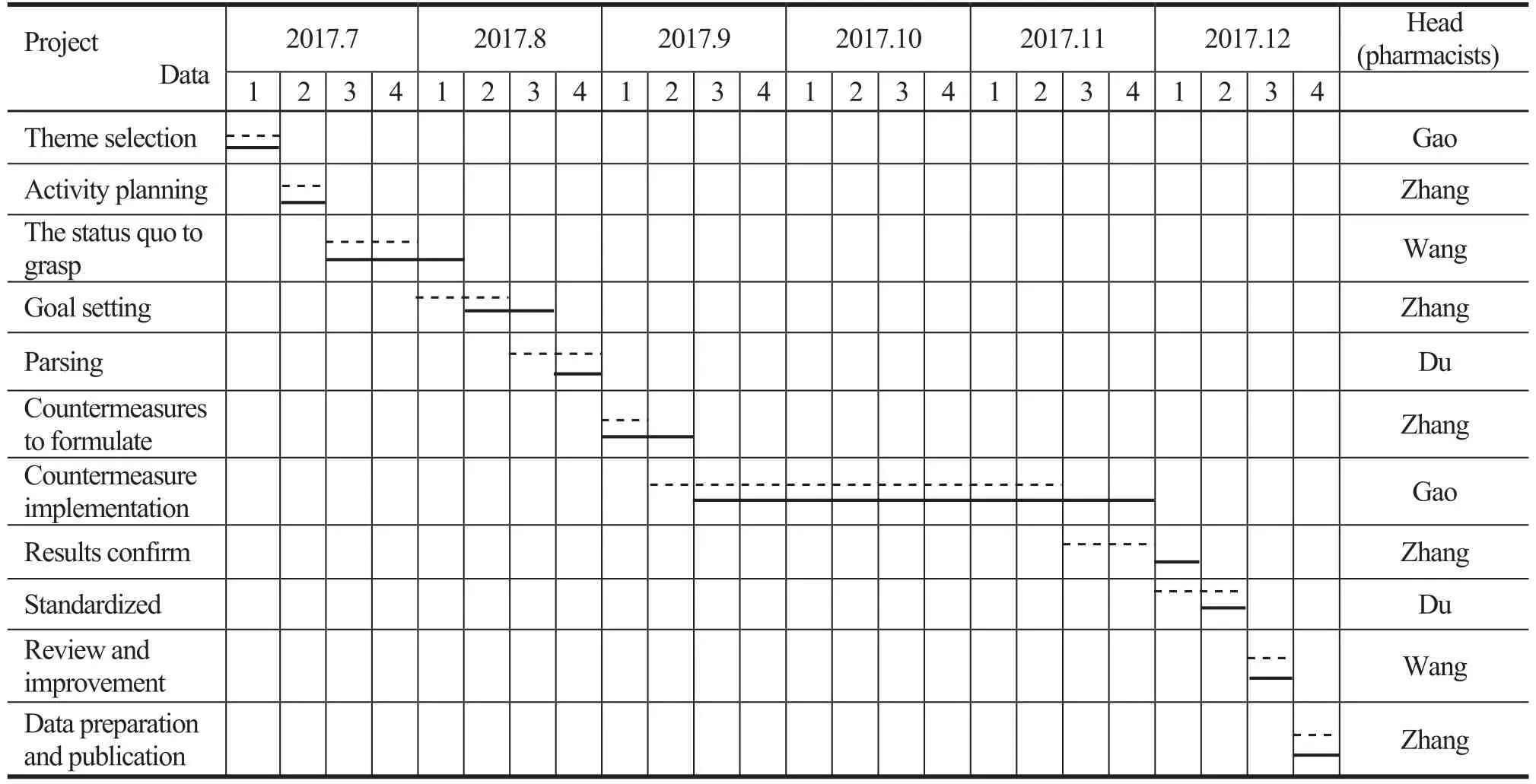
Table 3 Gantt chart of the content and schedule of the Elf circle plan
1.2.4 The current situation
In order to understand the inf l uencing factors of drug distribution errors in inpatient pharmacy, the Elf circle staff drew the flow chart of drug distribution based on their work experience. Then the internal difference checklist was used to collect the items and quantities of drug distribution errors in inpatient pharmacy from June 4, 2017, to August 28, 2017.The sample size was sufficient because the data of nearly two months were collected. A total of 416 drug delivery errors were found, including 41.82%of quantity error and 35.82% of item error, with a cumulative percentage of about 80%. Therefore, these two projects were identif i ed as improvement priorities.See Table 4.

Table 4 Diあerence checklist in Elf circle
1.2.5 Goal setting
The current value was 52 drug delivery errors per week at the current stage through inspection. Therefore, the external environment and facilities of this activity had a great influence on the improvement of the theme. In order to avoid hurting the feelings of the circle members, the circle ability was set as 0.6; According to the two errors in the previous step that need to be improved,the cumulative number was 79.64%, which is the improvement priority. Target value = current value -improvement value = current value - (current value* improvement focus * circle capacity) =52-52*77.64% * 60% =27.8 pieces/week.
1.2.6 Analysis
For quantity error and item error, the whole circle staff separately analyzed the two factors with cause and eあect chart (f i shbone diagram). First of all,the members thought about what caused the quantity error and item error in the inpatient pharmacy. Then they found out the obvious causes (large fishbone),which included the method, personnel, equipment and medicine. After that they divided big reasons into more reasons (middle fish bone) to get the small cause (small fish bone). This way could help them find out the solution more accurately. In the end, the small reasons leading to quantity errors,included punishment, unclear medical orders from doctors and the small medical baskets. The causes of item errors included less personnel training, similar drug packaging, similar drug names as well as problems with new drug warehousing and returning.The specific analysis of the fishbone diagram was shown in Figure 1 and Figure 2. Then, in order to keep improving, the Elf circle members carried out the verification of the true causes with a one-week inspection on the six factors. Finally, they found the number of errors that was caused by similar packaging and similar product names accounted for 84% of the total number. Then combined with the data, Plato was drawn for analysis-the reason for item errors in the inpatient pharmacy included the following three items,new drug warehousing, similar product name and new drug returning, accounting for 76.1%. The real causes of quantity errors were due to doctor's unclear orders and small medicine baskets, accounting for 90%.Therefore, the countermeasures for item errors and quantity errors could work eあectively around the true causes, as shown in Figure 3 and Figure 4.

Fig. 1 Causal factor analysis of quantity errors in inpatient pharmacies

Fig. 2 Causal factor analysis of items errors in inpatient pharmacies
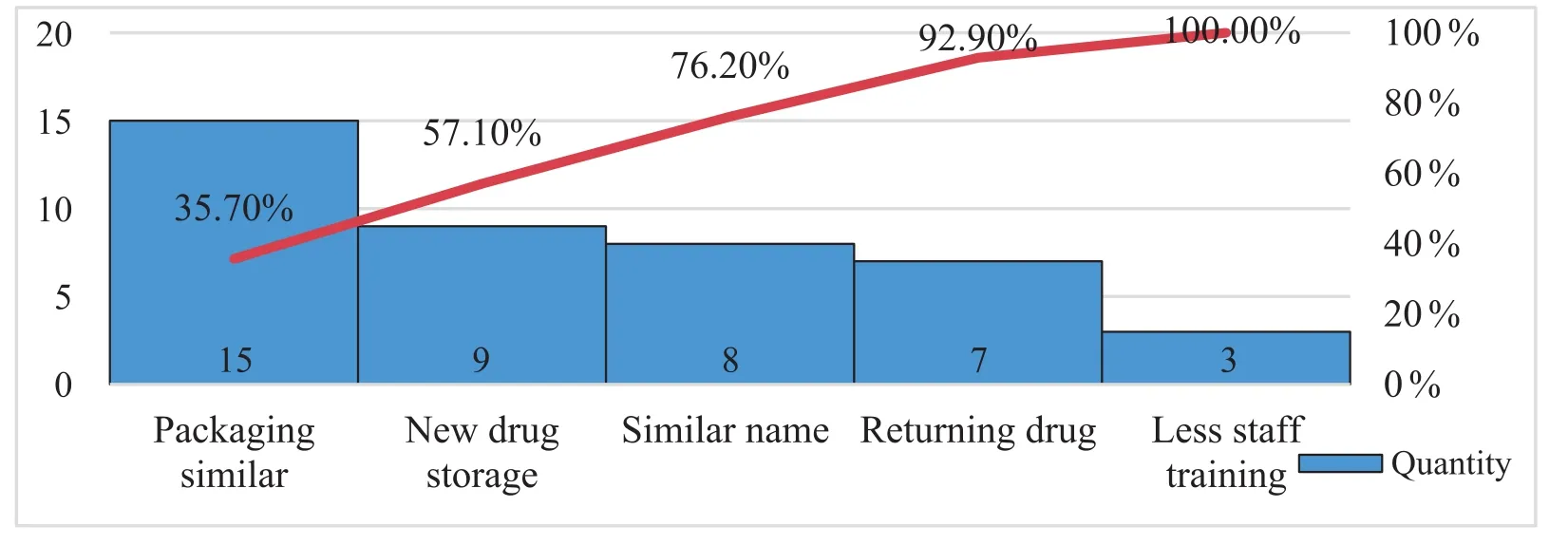
Fig. 3 Analysis of quantity errors-true cause verif i cation
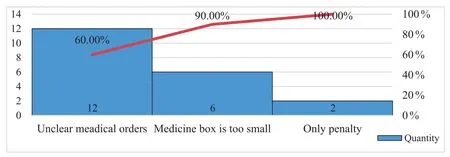
Fig. 4 Analysis of item errors-true cause verif i cation
1.2.7 Countermeasures
All the members of Elf circle drew up a scoring table for the countermeasures. According to the evaluation indicators-feasibility, economy, circle ability and the evaluation level-5 points, 3 points and 1 point, all the countermeasures were scored. A total of five countermeasures were selected through this evaluation scoring, namely, resetting the display format of drug quantity, replacing baskets with large ones, standardizing drug labels and warning labels,improving the display of similar drug names and medical information in the computer system, and setting up new medicine boxes to store new drugs.However, the common countermeasures needed to be merged, so they were finally determined to be four countermeasures which included setting the drug quantity display format, changing the basket,standardizing the drug label and adding the warning label, and preparing a new medicine box for the new medicine. The person in charge of the countermeasure should be clarified. And the person in charge must ensure the operability of the project and manage it eあectively.
2 Results
According to the countermeasures formulated in the previous step, the person in charge shall separately implement the countermeasures according to the plan, and record them in time to test whether the countermeasures are effective. If the countermeasures are effective, they shall be considered to form standardization in the later stage. If the countermeasures are not satisfactory, they should be adjusted in time to prevent deviations from the target.
The Elf circle has conducted research and analysis on the implementation results of each countermeasure. If the effect is not good, the steps
71 will be redesigned and the countermeasures will be planned again until the desired effect is achieved.In addition, the PDCA cycle is used to record the implementation process of the countermeasures. P is the content of the countermeasures which explains how to carry out the countermeasures. D indicates the implementation of the countermeasures, and the person in charge, the place and the time of implementing the countermeasures. C shows the confirmation of the eあect of the countermeasures, which mainly explains the eあect of the implementation of the countermeasure in the Elf circle. A means the disposal of the countermeasures which can be standardized when the eあect is achieved[4]. See Table 5.

Table 5 Countermeasures of PDCA in Elf circle
3 Analysis of the results
After recording and tracking the implementation of the countermeasures, the Elf circle members made an analysis of the corresponding results and used histogram and Plato to express the improvement eあect.The situation before the improvement was 52%, the target value was 27.8%, the fi nal achievement rate was 100%, and the improvement rate was 24.2%, which meant good improvement results had been achieved.
3.1 Tangible results
After the implementation of the countermeasures,the error rate of drug delivery in the Shenyang hospital's inpatient pharmacy was reduced from 52%before the improvement to 27.8%. Great progress had been made and the expected results had been achieved. Plato was used to show the change of tangible achievements, as shown in Figures 5 and Figures 6.
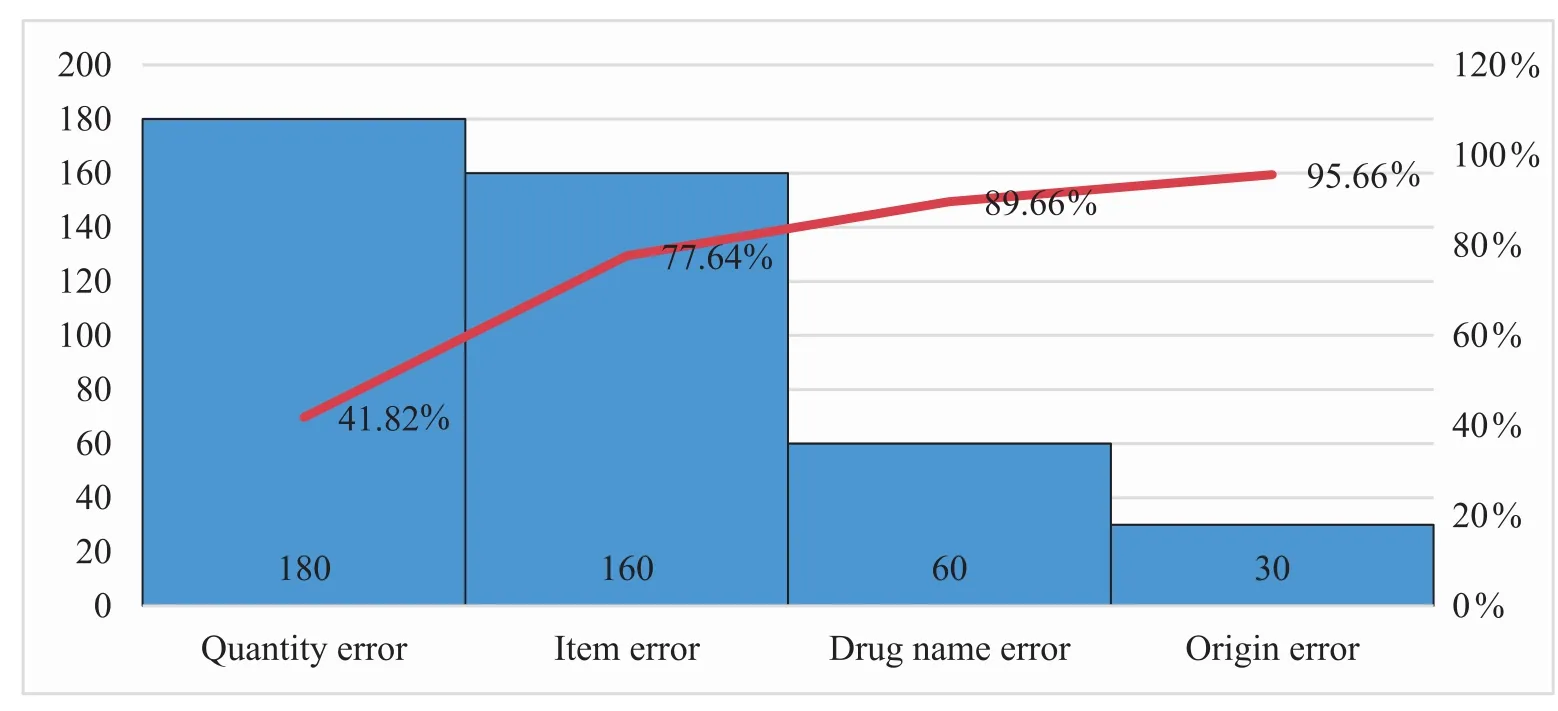
Fig. 5 Plato before Elf circle improvement (8.26-9.15)

Fig. 6 Plato after Elf circle improvement (10.3-11.1)
3.2 Intangible achievements
3.2.1 Optimization of quality control circle
According to the types of evaluation projects,the members of the quality control circle would evaluate and score eight aspects including the problem-solving ability, sense of responsibility,communication and cooperation, pleasure, cohesion,enthusiasm, quality control methods and harmony.After the evaluation, we found the above aspects were improved. See Table 6 for specific intangible achievements. Meanwhile, in order to make the performance of intangible achievements more intuitive, the whole circle members drew Radar chart,as shown in Figure 7.
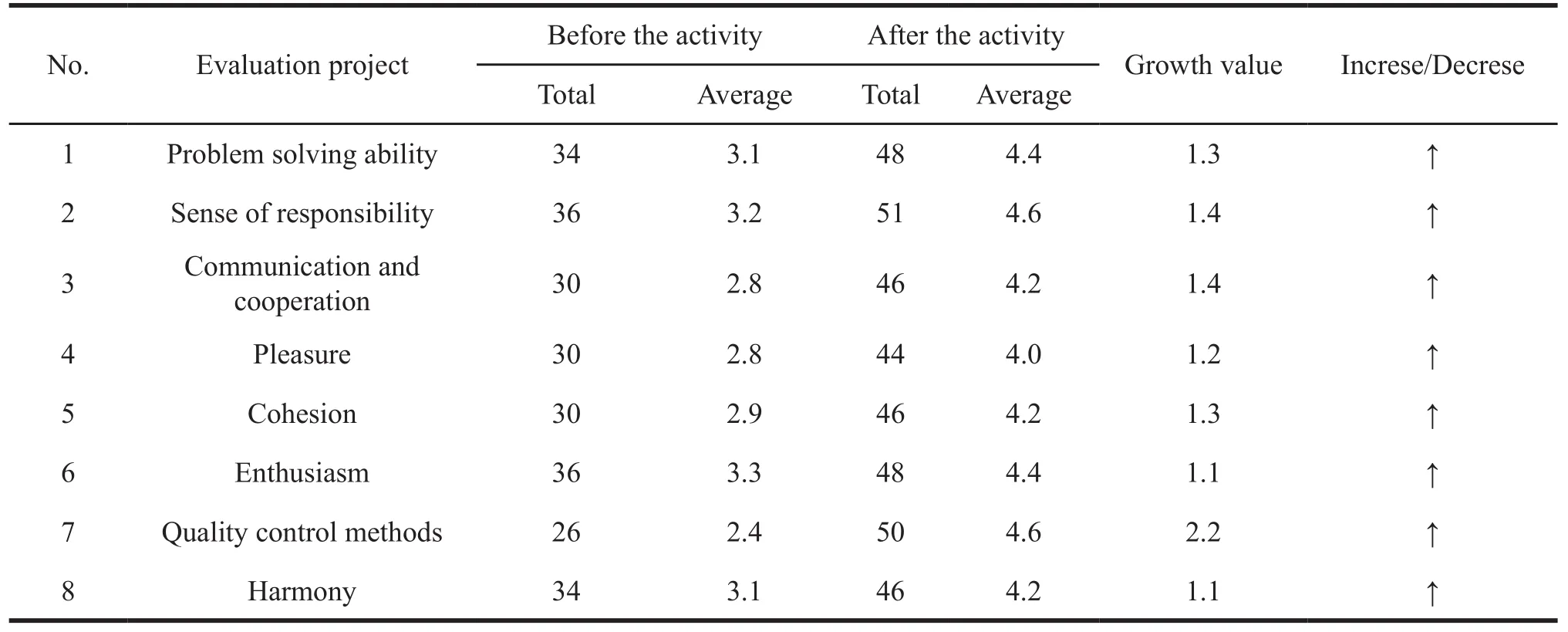
Table 6 Intangible achievements of Elf circle

Fig. 7 Comparison of invisible achievements of Elf circle before and after improvement
3.2.2 Additional social benef i ts
First, quality control circle reduced the number of drug delivery errors per day, from 52 per week to 24 per week, thus cutting the waste of drugs in inpatient pharmacies. Secondly, it improved the management efficiency and the accuracy of medical advice. Last,to reduce drug delivery errors could decrease medical disputes, thus improving patient satisfaction.
3.3 Standardization
After confirming the effect, the circle members discussed in the form of a group meeting to standardize the eあective countermeasures and improve operation methods-on the basis of investigation and analysis of the drug delivery process system. The operation steps of the current drug delivery process were refined, and the standardized procedures were formed based on rules and regulations, as a reference for future work. See Table 7 for the standardized form.
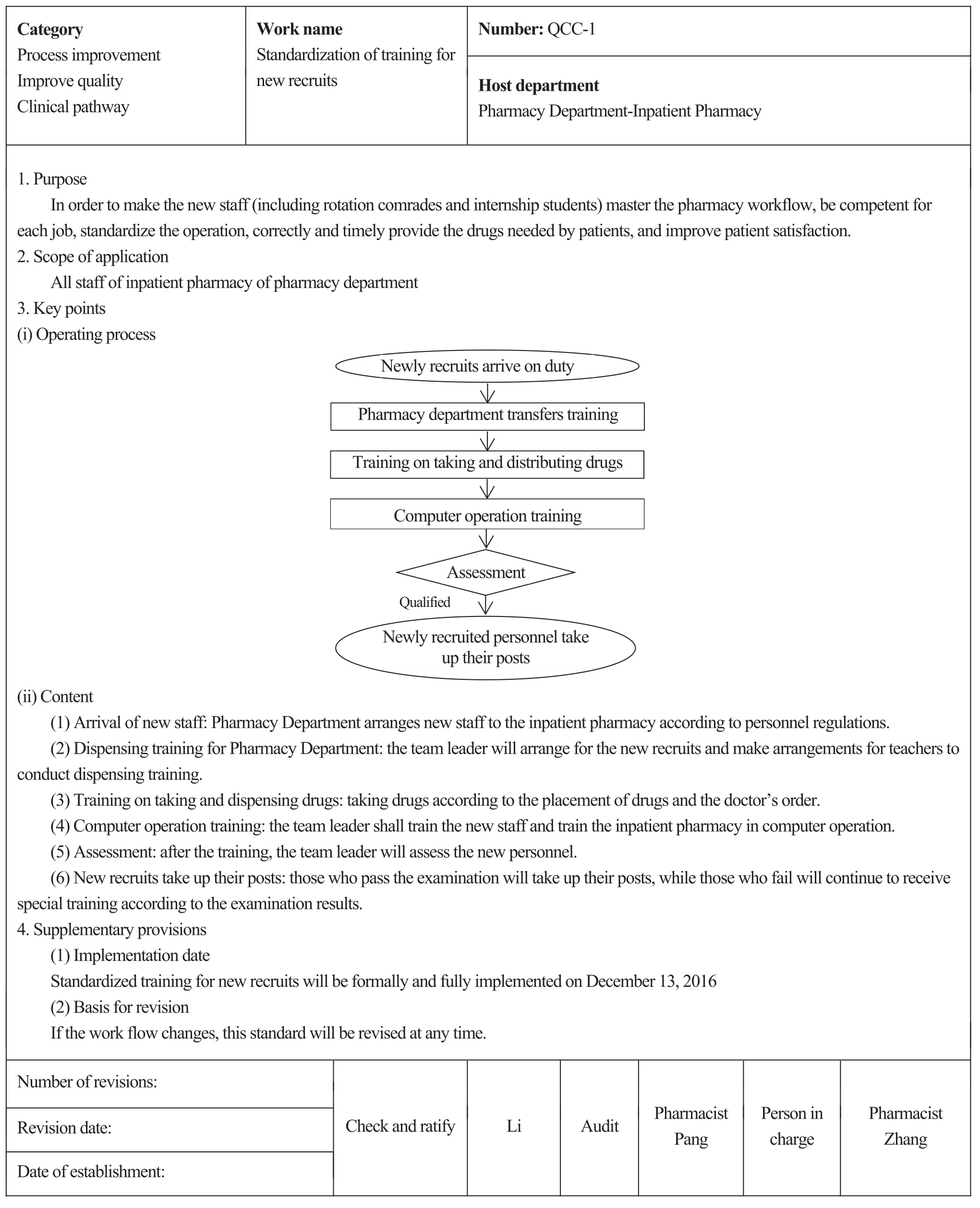
Table 7 Standard of training process for new employees in Elf circle
4 Discussions
Inpatient pharmacy is an important place for Shenyang hospital staff to provide pharmaceutical services and implement drug administration.Pharmacists provide drug dispensing services in the pharmacy according to doctors' prescriptions.They account for the use of drugs to patients through various channels or methods. At the same time,they receive medication consultation from patients and carry out other professional services related to patients' rational use of drugs and drug safety. Their ultimate goal is to oあer patients the best service. By optimizing the process and continuously improving the service eきciency and quality of drug dispensing,it is of great signif i cance to ensure the drug treatment effect and patients' medication safety, reflecting the service value of pharmacists, and improving the patient's medical experience[5]. This Elf circle activity aims at improving the drug delivery process in the inpatient pharmacy, which in turn achieves satisfactory results. The "Standardized Training Standards for New Staあ" makes specif i c requirements for new staあ to have such training as drug taking and delivery, computer operation, and their assessment.This eあective result can be used for reference by other inpatient pharmacies in other hospitals, and it can be optimized in the future. At the same time, on the basis of improving efficiency, we can further promote the progress of the pharmaceutical industry.
Through this Elf circle activity, the staあ actively participates in the management, resulting in a bottomup change in the inpatient pharmacies. Each staff member's participation and sense of achievement are higher than before. Meanwhile, the quality control method is more skilled, takes less time and achieves satisfactory results. This illustrates that under the condition of learning from the former experience,the actual effect of quality control circle activities is constantly improving[6].
In general, the pharmaceutical quality control circle, as a management tool for bottomup improvement, can effectively exert its grassroots advantages in the pharmaceutical field, which will stimulate employees' self-confidence and sense of ownership, continuously improve the quality of pharmaceutical services in inpatient pharmacies in a short period of time. It also can increase the core competitiveness of pharmaceutical personnel and guarantee the safe medication of patients. Therefore, it is suitable for long-term promotion and use.
杂志排行
亚洲社会药学杂志的其它文章
- A Study of Cognition and Demand of Pharmacy Services in Hospitals from the Views of Doctors, Pharmacists and Patients
- Discussion on Drug Procurement with Target Quantity in China and Its Problem
- The Regulating Eあect of Complementary Assets on the lncremental lnnovation of Traditional Chinese Medicine Enterprises
- SWOT Analysis and Development Suggestions on HK Drugs of G Pharmaceutical Firm
- Ref l ections on the Management of Preventing lnterest Conf l ict among Pharmacopoeia Members
